A Self-Assessment Form to Predict Your Stress/Anxiety Levels
Test Your Stress Hormone Production Factor
The Rubenstein Stress Hormone Production Factor (SHPF) measures your predisposition for feeling stress and anxiety by assessing your ability to deliver oxygen to your brain and body. The lower the oxygen in your brain and body the more stress hormones (cortisol, norepinephrine and adrenaline) you will produce. A properly oxygenated brain and body will produce minimal to zero stress hormones and that is the first goal of the Rubinstein Method. The test consist of two parts; your resting respiratory rate (breathing rate) and how long you can comfortably pause your breathing after exhaling then still continue breathing normally immediately afterwards (no gasping for air and not the same as trying to hold your breath for as long as possible). Your SHPF score is calculated once both parts of the test are completed.
The good news is that most people can dramatically increase the oxygen delivery to their brain and body by learning to breathe with their diaphragm muscle instead of their upper chest. For more information on this please see our page on the 3 surprising truths about stress and anxiety. Follow the instructions carefully for the test below to get a general assessment.
Please note that this is not intended to be a diagnosis but rather to give you a general indication of your body’s ability oxygenate itself properly. Once you are done the test, results will be emailed to you. Feel free to take the test as many times as you like and share it with your friends.
Step 1
Respiratory Rate
Respiratory Rate is a measure of the number of breaths you take per minute.
Once you are rested, relaxed and breathing normally, tap the button below each time you begin to exhale. Don't worry about counting your breaths, once enough breaths (taps) have been recorded, your respiratory rate will appear below.
STEP 2
Control Pause Test
A control pause is the length of time you can comfortably pause your breathing after an exhale and have your following inhale NOT be bigger than normal - no big gasping inhale. It is a great indicator of how oxygenated you are.
- Sit down and rest for 3-4 minutes to completely relax and just breathe normally.
- At the end of one of your exhalations, pinch your nose closed and start the timer.
- Keep the nose pinched until you experience the first desire to breathe.* Then stop the timer.
- If you release the nose and start breathing at this time, you should resume your usual breathing pattern (in the same way as you were breathing prior to the test).
*NOTE: Your first desire to breathe will be accompanied by an involuntary push of the diaphragm or swallowing movement in the throat. (Do not extend breath holding too long trying to increase the control pause. You should not gasp for air or open your mouth when you release your nose

